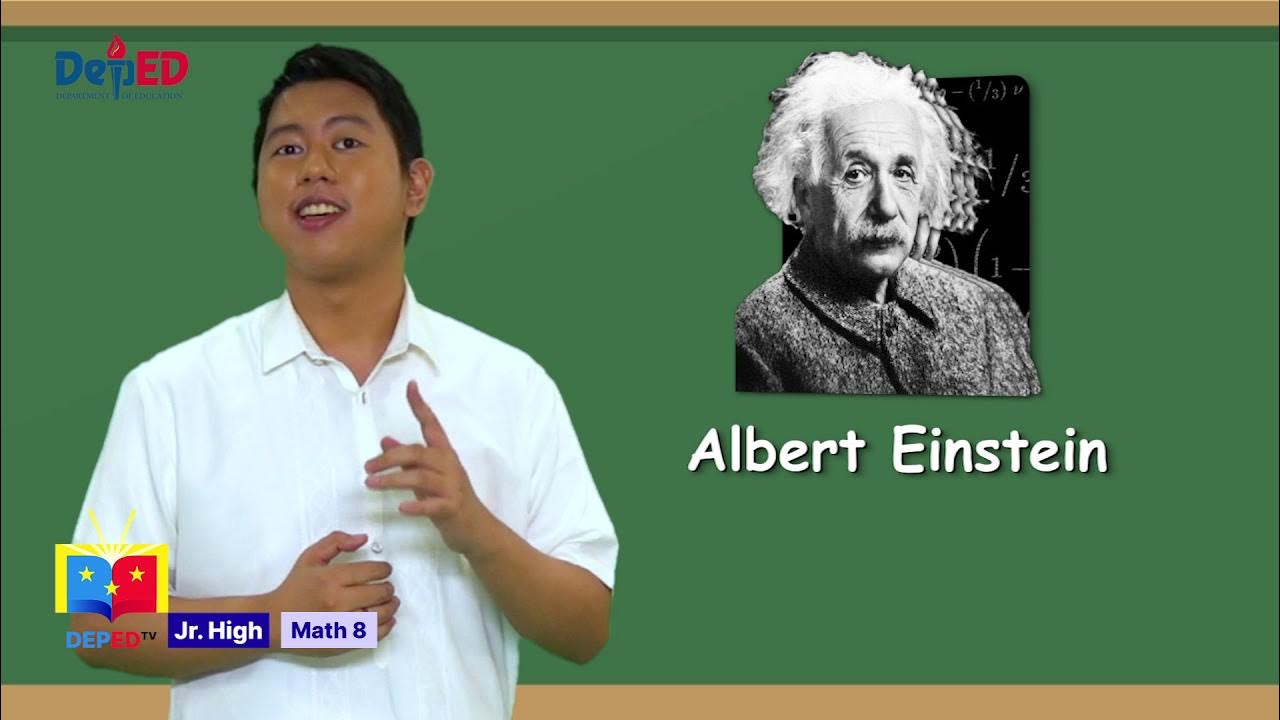Grade 8 English Q1 Ep 8 Types of Transition Signals
Summary
TLDRIn this engaging Grade 8 English lesson from Deaf Ed TV, Teacher Freddie and Teacher Ramy introduce and review transition signals, essential for writing coherence. They explore types like additive, clarification, qualification, and summary signals, using examples to illustrate their use. Interactive activities reinforce learning, challenging students to identify and apply these signals correctly. The lesson aims to make English learning enjoyable and accessible, emphasizing the importance of transition signals in connecting ideas in writing.
Takeaways
- 📚 The video is a lesson for Grade 8 English students, focusing on transition signals.
- 🎶 It is part of a series on transition signals, aiming to review and continue from previous lessons.
- 🔍 The lesson includes an activity to test students' understanding of transition signals related to cause and effect, chronology, comparison and contrast, coherence, and illustration.
- 📝 Transition signals are explained as words or phrases that connect ideas in sentences and paragraphs for coherence.
- 📈 The lesson introduces four types of transition signals: additive or addition, clarification, qualification, and summary or conclusion.
- 🌟 Additive signals show addition, introduction, and similarity, with examples like 'and', 'moreover', and 'furthermore'.
- 💡 Clarification signals are used to explain or make a point clear, with examples like 'that is', 'in other words', and 'to put it another way'.
- 📋 Qualification signals present conditions or intentions, using words like 'possibly', 'almost', and 'with this in mind'.
- 🔚 Summary or conclusion signals restate ideas and allow the writer to recap points, with examples such as 'as can be seen', 'given this point', and 'in the long run'.
- 🎉 The lesson concludes with activities for students to practice using transition signals in sentences, reinforcing their understanding.
Q & A
What is the main topic of the video script?
-The main topic of the video script is the discussion and explanation of transition signals in English, specifically for grade 8 students.
Who are the hosts of the video?
-The hosts of the video are Teacher Freddie and Teacher Ramy.
What is the purpose of the activities in the video?
-The purpose of the activities in the video is to help students understand and remember the different types of transition signals and their uses in writing.
What is the first type of transition signal discussed in the video?
-The first type of transition signal discussed in the video is additive or addition, which is used to show addition, introduction, and similarity to other ideas.
What are some examples of additive transition signals mentioned in the script?
-Some examples of additive transition signals mentioned in the script are 'and', 'moreover', and 'furthermore'.
What is the function of the transition signal 'that is'?
-The transition signal 'that is' is used for clarification, to explain or make clear a certain point.
Can you provide an example sentence using the transition signal 'in other words'?
-An example sentence using 'in other words' is: 'I love going to school. In other words, I like it very much.'
What is the purpose of the transition signal 'possibly'?
-The transition signal 'possibly' is used to present conditions or intentions, indicating that something might be the case or could happen.
How does the video script define transition signals?
-The video script defines transition signals as words or phrases that connect ideas of sentences and paragraphs for coherence.
What is the final activity in the video designed to do?
-The final activity in the video is designed to check the students' understanding of the lesson by having them fill in the blanks with the correct transition signals.
What is the significance of transition signals in writing according to the video script?
-Transition signals are significant in writing as they serve as bridges between parts of writing, linking sentences and paragraphs together to achieve coherence or unity of ideas.
Outlines

This section is available to paid users only. Please upgrade to access this part.
Upgrade NowMindmap

This section is available to paid users only. Please upgrade to access this part.
Upgrade NowKeywords

This section is available to paid users only. Please upgrade to access this part.
Upgrade NowHighlights

This section is available to paid users only. Please upgrade to access this part.
Upgrade NowTranscripts

This section is available to paid users only. Please upgrade to access this part.
Upgrade NowBrowse More Related Video

Grade 8 Math Q1 Ep 6 Simplifying Rational Algebraic Expressions

SHS General Mathematics Q1 Ep2: Rational Functions

Using Transition Signals || GRADE 8 || MELC-based VIDEO LESSON | QUARTER 1 | MODULE 4

Academic and Professional Writing

Grade 6 English Q1 Ep2: Inferring the Meanings of Idiomatic Expressions

Bad Writing
5.0 / 5 (0 votes)